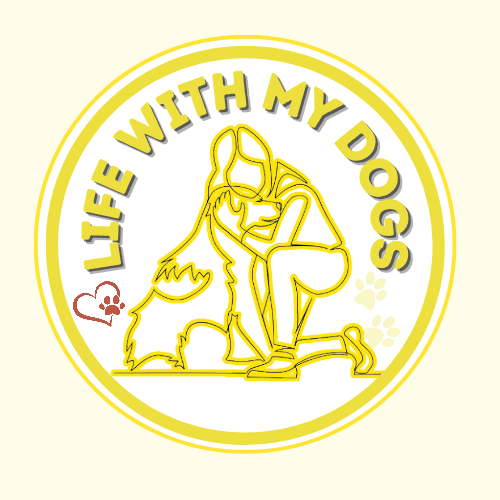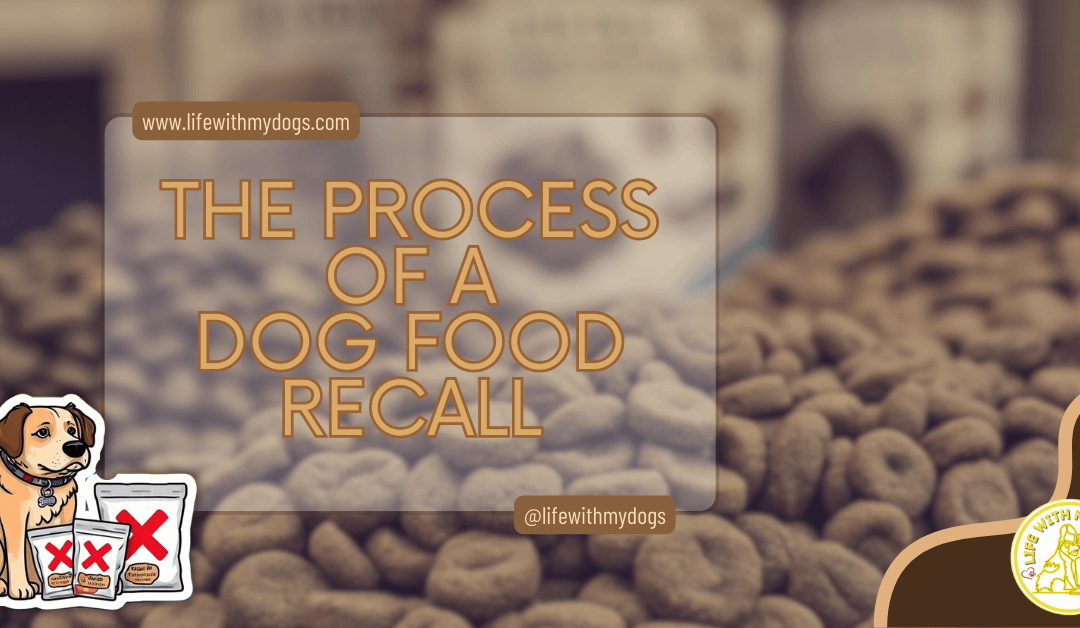LifeWithMyDogs is supported by our audience. When you purchase through one of our links, we may earn a small affiliate commission. As an Amazon Associate I earn from qualifying purchases. Your cost is not affected.
**********
Understanding the process of a dog food recall is essential for ensuring your pet’s safety and being an informed consumer. Dog food recalls are a serious matter that can spark concern among pet owners. Each step of the recall, from identifying the issue to pulling the product off the shelves, is meticulously designed to address potential dangers and prevent further harm. Whether you’re a seasoned pet parent or new to dog ownership, this comprehensive guide will provide the knowledge to navigate recalls confidently and carefully.
Understanding How Dog Food Recalls Work: A Step-by-Step Guide
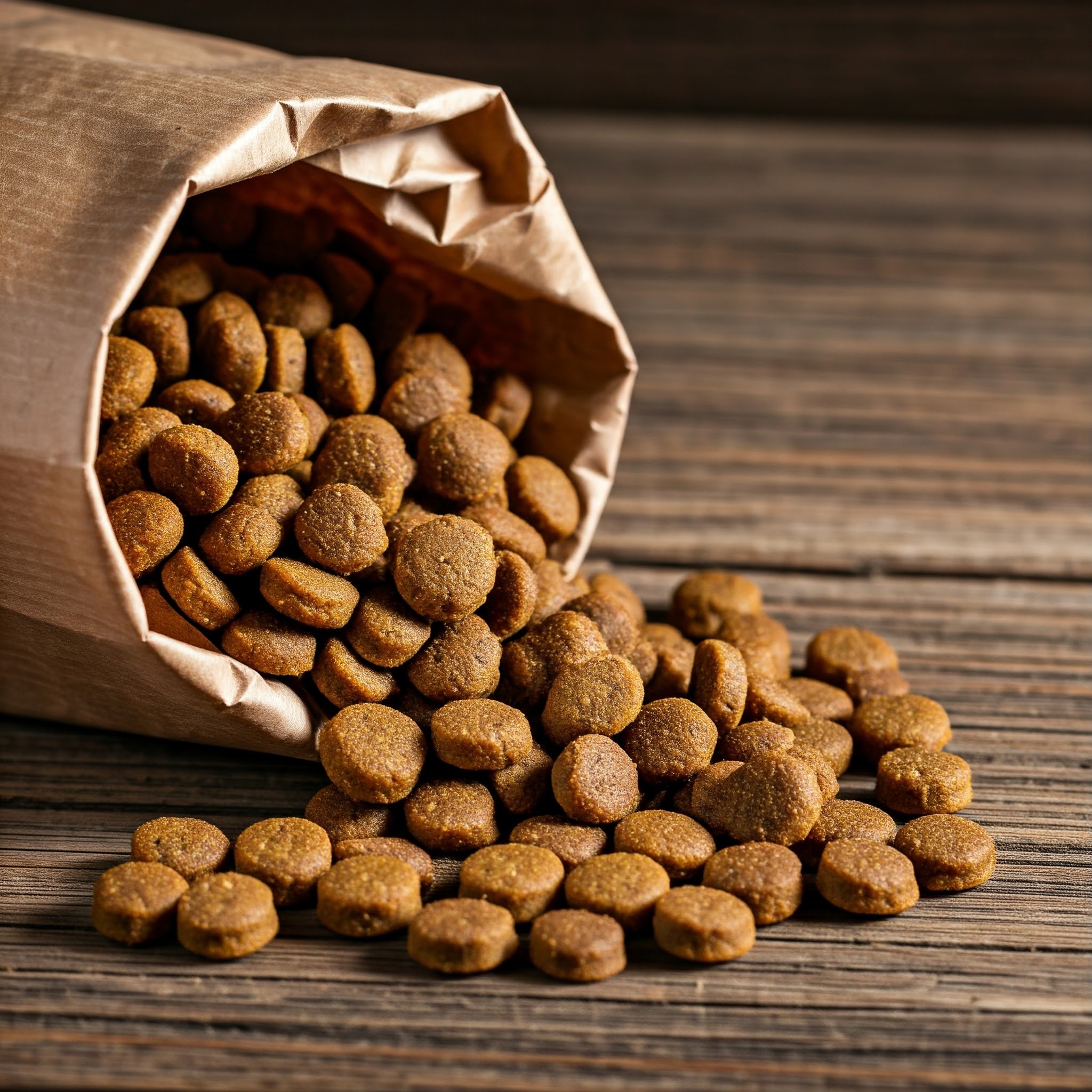
Dog food recalls can be scary for pet owners. Your furry friend’s health is at stake, and you want to ensure their safety. The recall process involves identifying the problem, notifying parties, and taking action to fix it.
Knowing the process of a dog food recall can help you feel more prepared. When a recall happens, you might wonder what to do next. Should you throw out the food right away? Can you get a refund? These are common questions many dog owners have. Being informed about the steps in a recall can help you take care of your pup better.
Key Takeaways
- Recalls can occur due to bacterial contamination, foreign objects, incorrect nutrient levels, mold growth, or undisclosed allergens. Understanding the cause helps determine if your pet’s food is safe.
- The FDA oversees pet food safety and can mandate recalls, while companies often initiate voluntary recalls. State agencies may also be involved; signing up for FDA alerts helps keep you informed.
- The recall process includes detecting and reporting the issue, evaluating the risk, initiating the recall, and publicly announcing it. Pet owners are notified through press releases, social media, and store notices.
- If your dog’s food is recalled, stop feeding it immediately, clean containers, and monitor your pet’s health. Contact your vet if symptoms appear or schedule a check-up.
- Proactively choose reliable brands, read labels carefully, and store food properly to reduce recall risks. Proper food handling and storage can prevent contamination and ensure your pet’s safety.
Understanding Dog Food Recalls
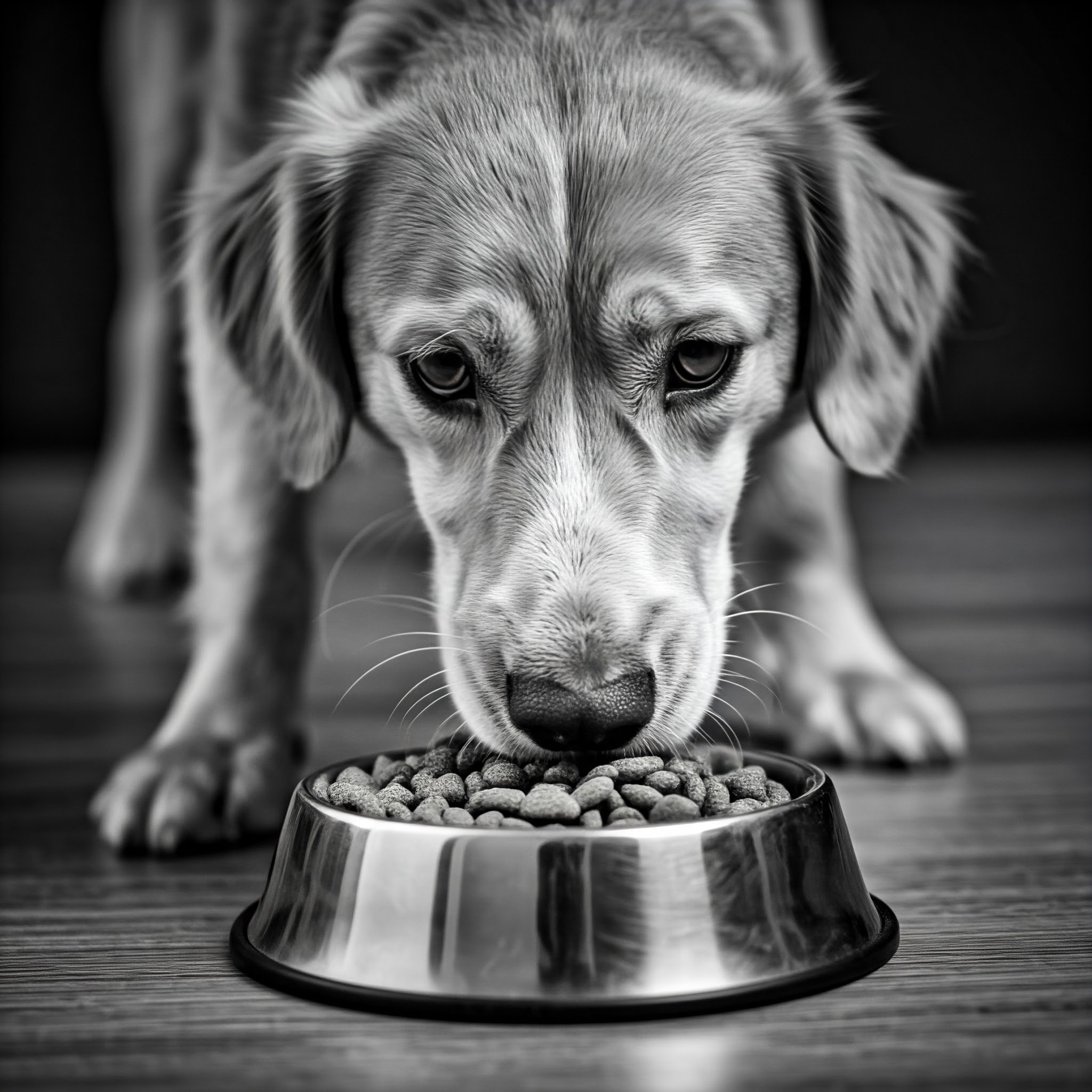
A dog food recall happens when there’s a problem with pet food. Understanding the process of a dog food recall is essential. This knowledge helps you keep your furry friend safe and healthy.
Reasons for Recalls
Dog food companies may recall products for several reasons. Sometimes, food gets contaminated with harmful bacteria. Other times, there might be issues with the recipe or ingredients. Here are some common causes:
- Bacterial contamination (like Salmonella).
- Presence of foreign objects (plastic, metal).
- Incorrect nutrient levels.
- Mold growth.
- Undisclosed allergens.
You should always check the exact reason for a recall. This helps you decide if your dog’s food is safe. It’s also good to know which ingredients might be risky.
Regulatory Bodies and Authority
In the U.S., the Food and Drug Administration (FDA) oversees pet food safety. They work with companies to start recalls when needed. Here’s what you should know:
- The FDA can order mandatory recalls.
- Companies often start voluntary recalls.
- State agencies may also be involved.
You can sign up for FDA alerts to stay informed. This way, you’ll know immediately if your dog’s food is recalled. It’s a good idea to keep the packaging of your dog’s food. The lot number and expiration date can help you check if it’s part of a recall.
The Recall Process
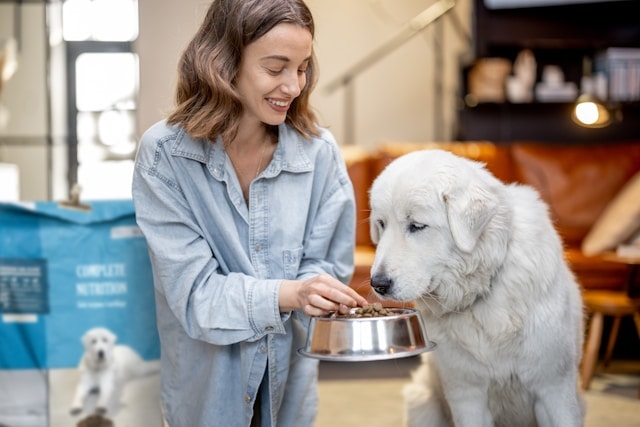
The process of a dog food recall involves several key steps to protect pets. Companies and regulators work together during a dog food recall to find problems, assess risks, and inform pet owners quickly.
Detection and Reporting of Issues
Identifying the problem is the first step in a dog food recall. You might notice something about your dog’s food, or the company may spot an issue during testing. Common problems include:
• Contamination (bacteria, mold, chemicals).
• Incorrect ingredients.
• Packaging errors.
If you see anything strange, report it to the company and the FDA. They take all concerns seriously to keep pets safe.
Evaluation and Confirmation
Once an issue is reported, experts check it out. They:
• Test samples of the dog food.
• Look for patterns in complaints.
• Study health risks.
This step is crucial. It helps decide if a recall is needed. Experts collect samples to confirm any hazards. They also try to find the cause. This helps them know if other products might have problems, too.
Initiation of the Recall
One of the process of a dog foods recall is by testing If it show a real risk, the recall starts. The company:
- Stops making the product.
- Pulls it from store shelves.
- Contacts distributors and retailers.
They also set up a plan to handle returned products. This might include refunds or replacements for you. The goal is to get the risky food away from pets as fast as possible.
Public Announcement
Getting the word out is super important. The company and FDA work together to tell everyone about the recall. They use:
• Press releases.
• Social media.
• Emails to customers.
• Store notices.
The Announcement Tells You:
• Which products are recalled
• Why they’re recalled.
• What to do if you have the food.
It’s crucial to check recalls regularly to keep your pup safe. If your dog’s food is recalled, don’t panic. Just follow the instructions to keep your furry friend healthy.
Surprise!
Don’t panic if your dog’s food is recalled, but keep a close eye on them. Watch for signs of illness like vomiting, diarrhea, or low energy. If you notice anything unusual, call your vet right away. They may want to examine your dog or offer guidance over the phone to ensure your pet stays healthy.
Impact on Dog Owners
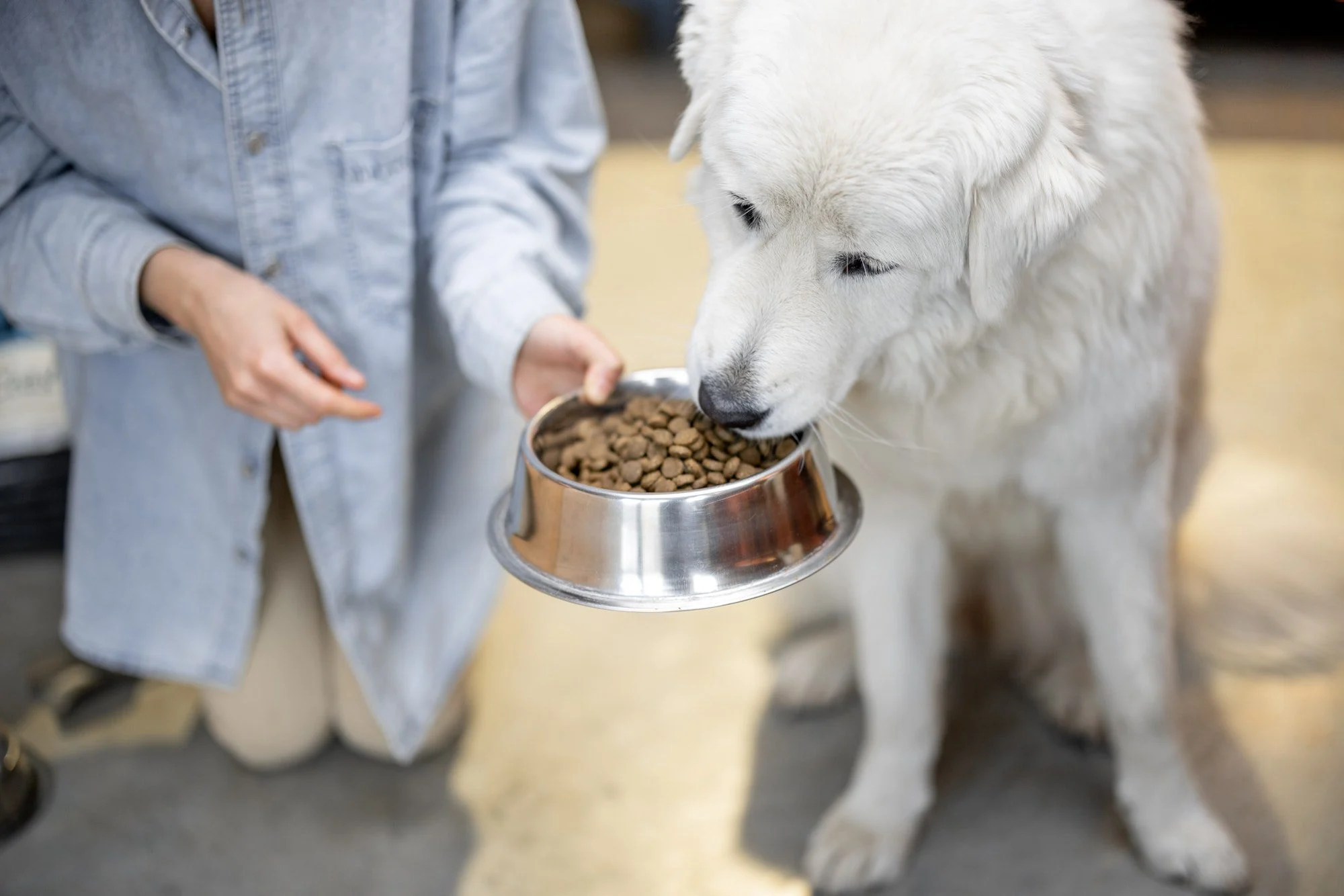
When a dog food recall happens, it can be stressful for you as a pet parent. Understanding the process of a dog food recall can help you act fast to protect your furry friend’s health. It’s important to stay calm and follow some key steps.
Immediate Actions for Dog Owners
Stop feeding the recalled food to your dog right away. Check the recall announcement for details about the affected products. Look at the brand, lot numbers, and dates on your dog food to see if it matches. If you have recalled food, seal it in a bag and return it to the store for a refund. Don’t throw it away, as the company might need samples for testing.
Clean your dog’s food bowls, storage containers, and scoops well. This helps remove any traces of the recalled food. Choose a safe replacement food. Try to pick something similar to avoid tummy upset. Slowly mix the new food with any leftover safe food to help your pup adjust.
Health Monitoring and Veterinary Care
Keep a close eye on your canine companion for any unusual symptoms. These might include:
- Vomiting or diarrhea.
- Loss of appetite.
- Lethargy or weakness.
- Changes in behavior.
If you notice any of these signs, call your vet right away. Even if your dog seems fine, scheduling a check-up is a good idea. Your vet can run tests to ensure no hidden health issues from the recalled food. Keep any leftover recalled food in case your vet needs to test it. Save the packaging, too, as it has important product information.
Prevention and Safety Measures
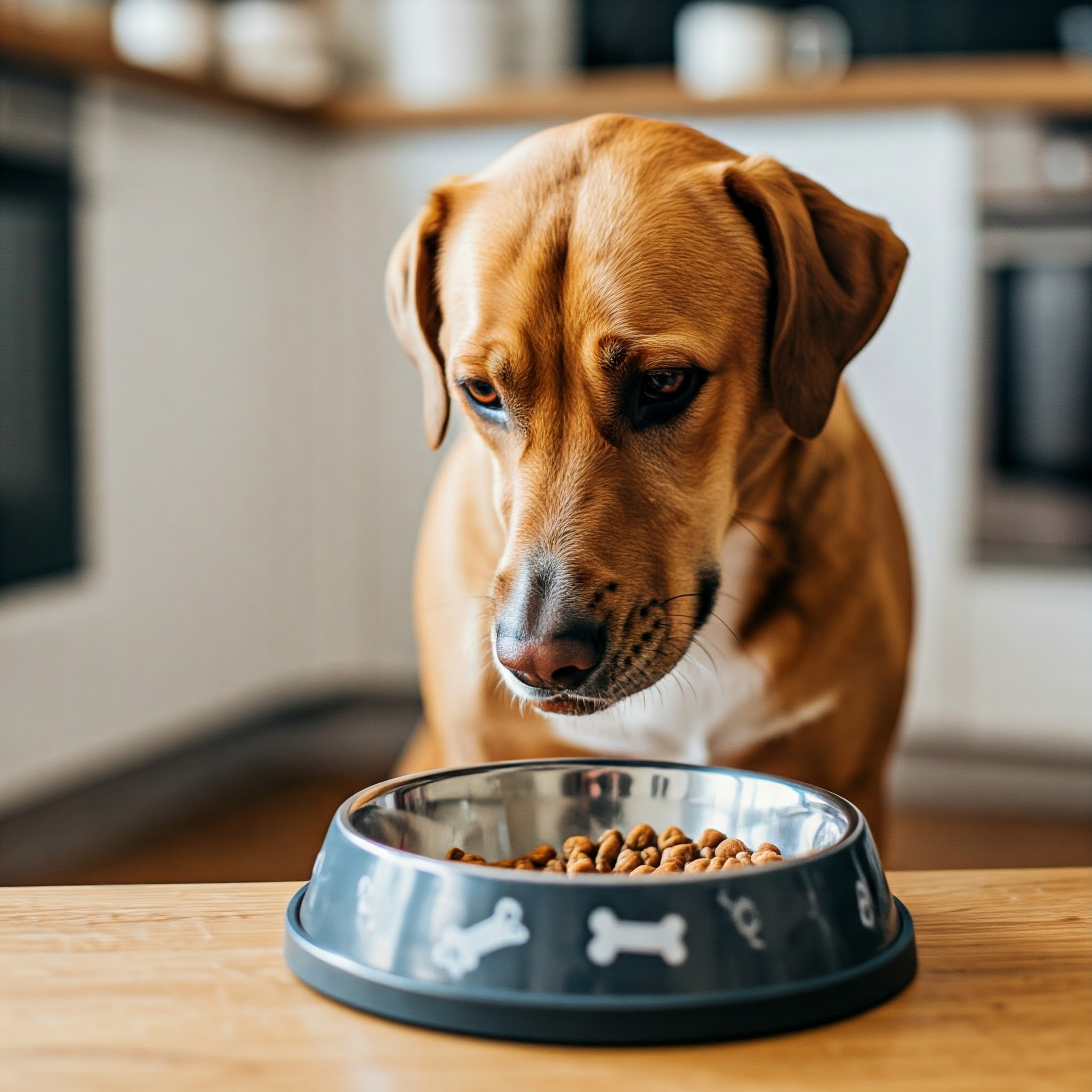
Being proactive can help keep your furry friend safe by understanding the process of a dog food recall. You can reduce risks by choosing trustworthy brands, reading labels carefully, and storing food properly. Let’s look at some key steps you can take.
Choosing Reliable Dog Food Brands
Pick brands with a good track record for safety, and look for companies that regularly test their products. Many top brands have strict quality control measures in place. They often work with vets and nutrition experts to create their recipes.
Check if the brand has had many recalls in the past. Fewer recalls can be a good sign. But remember, even the best brands might have a recall now and then. It’s how they handle it that matters. Ask your vet for brand recommendations. They often know which ones are trustworthy. You can also look for brands that follow AAFCO guidelines. These ensure the food meets basic nutritional needs.
Understanding Dog Food Labels
Reading labels is key to making smart choices is one of the process of a dog food recall. Look for a complete ingredient list. The first few items should be high-quality protein sources. Avoid foods with vague terms like “meat by-products” or “animal digest.” Check for the nutritional adequacy statement. This tells you if the food is complete and balanced. It should say “complete and balanced nutrition for adult dogs.”
Look at the expiration date and lot number. These are crucial if there’s a recall. Write them down or take a photo of the package. Pay attention to any warnings on the label. Some foods might not be suitable for all dogs. For example, puppy food might not be right for an adult dog.
The Role of Proper Storage and Handling
Store your dog’s food in a cool, dry place. Heat and moisture can make food go bad faster. This can lead to mold or bacteria growth. Keep the food in its original bag. The packaging is designed to keep it fresh. You can put the whole bag in an airtight container for extra protection.
Wash your hands before handling dog food. Use clean scoops and bowls. This helps prevent contamination. Don’t mix old food with new food in the storage container. Check the food before each meal. Look for any unusual smells, colors, or textures. If something seems off, don’t feed it to your dog. It’s better to be safe than sorry!
Here’s a detailed video about dog food recalls.
By: Veterinary Secrets
Safeguarding Your Dog During a Food Recall
In conclusion, understanding the process of a dog food recall is essential for pet owners who want to protect their furry friends from potential harm. By knowing the steps involved in a recall, from detection to public notification, you can be more confident responding when an issue arises. Being informed about the recall process helps you stay calm and take the necessary actions to safeguard your dog’s health.
While dog food recalls can be stressful, knowing how to handle them can make a significant difference. Immediate steps like halting the use of recalled food, cleaning bowls and containers, and monitoring your pet for any signs of illness are crucial. Taking these precautions and staying in touch with your vet ensures that your dog receives the care and attention they need if something goes wrong.
Finally, being proactive can prevent many risks associated with dog food recalls. You can minimize the chances of encountering a recall by choosing trustworthy brands, reading labels thoroughly, and following proper food storage guidelines. These simple yet effective steps helps ensure your dog’s health and well-being while giving you peace of mind as a responsible pet owner.
Frequently Asked Questions
Dog food recalls can be confusing and scary. Let’s look at some common questions about recalls to help keep your furry friend safe and healthy.
How Can I Stay Updated on the Latest Dog Food Recall Alerts?
You can sign up for FDA recall alerts to stay informed. Many pet food companies also have email lists or social media pages that post updates. Check these sources regularly to ensure you don’t miss important news about your dog’s food.
What is the Procedure to Follow When a Dog Food Recall is Announced?
When a recall happens, stop feeding the food right away. Return the food to the store where you bought it. Contact your vet if your dog seems sick. Look for a new food that’s similar to avoid tummy troubles.
How Can I Find the Lot Number on My Dog Food Packaging for a Recall Check?
Look for a code printed on the bag or can. It’s often near the “Best By” date. This number helps match your food to the recalled lots. If you can’t find it, ask the store or the company for help.
What Are Some Major Dog Food Brands That Have Had Frequent Recalls?
Recalls can happen to any brand. It’s not fair to single out specific companies. Instead, focus on choosing a reputable brand and staying informed about recalls.
What Are the Differences Between a Class 1 and a Class 2 Dog Food Recall?
Class 1 recalls are more serious. They involve foods that might cause serious health problems or death. Class 2 recalls are for foods that might cause temporary health issues or where the chance of serious problems is low.
Join our Pack on Social Media!
Become part of our dog-loving community! Share your passion with fellow enthusiasts, explore exclusive content, and discover insightful product reviews by following us online.
- Facebook: Life With My Dogs
- Instagram: @LifeWithMyDogs2
- Pinterest: Life With My Dogs
- YouTube: Life With My Dogs
